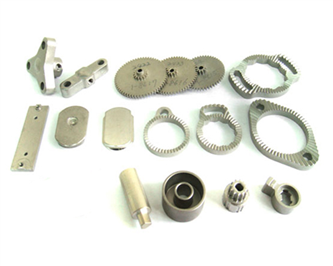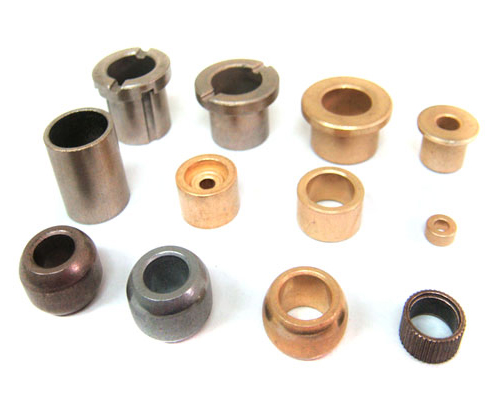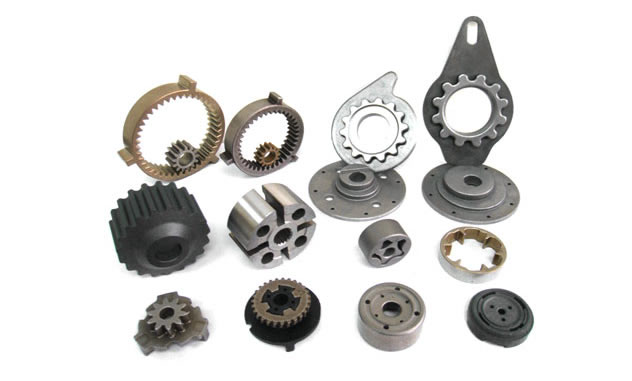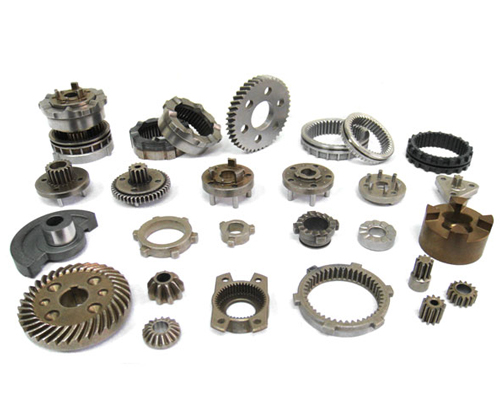-
Home > Products > Powder metallurgy
Forming method of metal powder in molds by the way of compressing and heating is known as powder metallurgy. Metal powder is material of powder metallurgy. It is a process through which products are produced by high pressure and sintering. Powder metallurgy technique has three steps. First, the material is treated to make powder of fine articles; second, the powder is fed into the chamber of molds uniformly, and then high pressure is applied to form the shapes and sizes of green compact; finally, the green compact is sintered. Why powder metallurgy? (2) It compound metal and non-metal into material with useful properties, which is not applicable to other methods; for example, an abrasion resistant made of copper, iron, and asbestos, as well as a heat resistant material made of nickel-alumina. (3) It produces metal parts which have high melting point and are not applicable for casting. At early this century, Edison found wolfram made the most durable filament for bulb. But metallurgy technique could not make wolfram filament which was not brittle. Kudlitz (1873-1975) found that by sintering compressed wolfram thread under temperature lower than its melting point and then heat treating it at high temperature could draw tough fine filament under room temperature. This finding was applied to process of other metals with high melting points such as molybdenum, tantalum, and so on. Simultaneously, thanks to the advancement, cobalt tungsten carbide for metal cutting tools produced by the way of sintering emerged sequentially. (4) It produces parts which have special structure and property. For example, automatic lubricated bearing is a porous bearing made by powder metallurgy. When the machine part runs, the lubricant which has been injected into the pores penetrates out automatically due to the effect of heating. In addition, a porous filter which serves to diffuse, separate, and regulate liquid is a common example. 2. Economic factors |
||||||||
| PAGE1 / PAGE2 |






